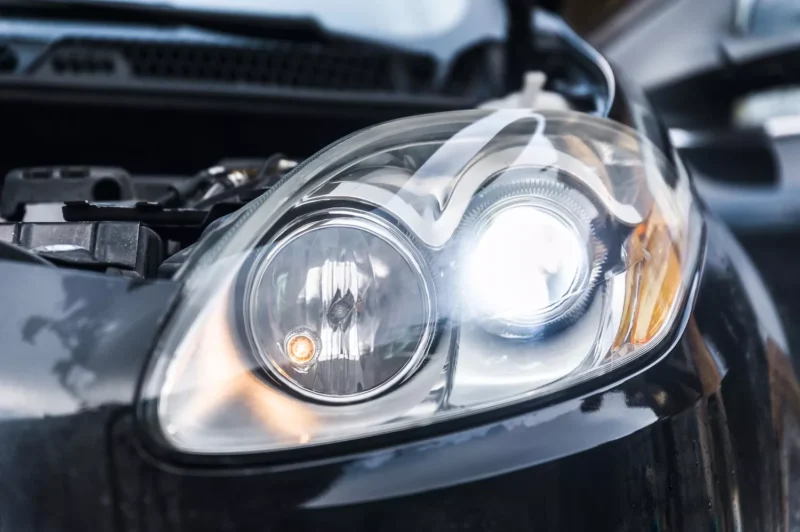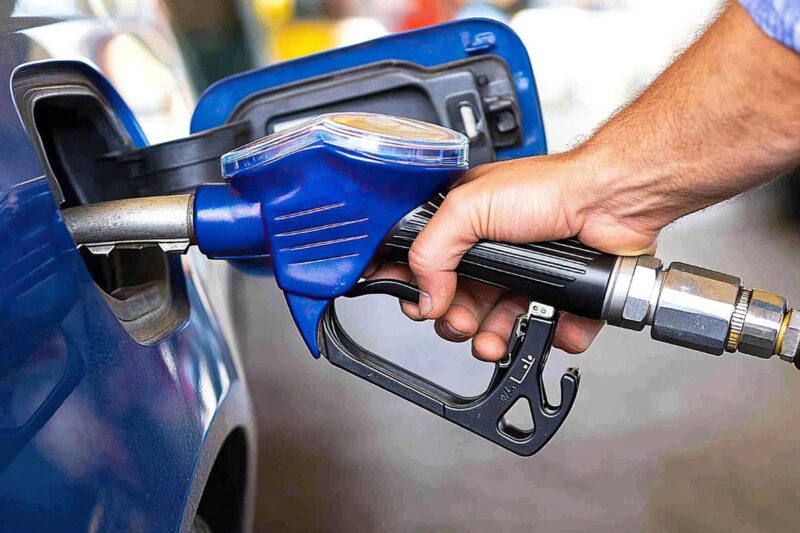Preparing for a long-distance trip requires more than filling the gas tank and packing luggage. Vehicle reliability plays a central role in ensuring safe travel. Drivers who take time to conduct simple yet thorough inspections reduce the risk of mechanical failures, accidents, and stressful roadside emergencies.
Professional assistance such as DEF repair services for diesel vehicles provides an extra layer of reliability, but many preventive checks can be performed at home. A driver who understands the basics of inspection develops confidence in the vehicle’s condition and avoids surprises that can otherwise disrupt the journey. Simple preparation often saves time, money, and stress later on.
Every trip brings unique challenges depending on distance, weather, terrain, and traffic conditions. A personal inspection routine before leaving ensures your vehicle meets the demands of the road. The following guide explains step-by-step checks that drivers can perform, along with deeper insights into why each step matters.
Tires and Wheels
Tires serve as the only point of contact between the vehicle and the road. A failure in this area can lead to dangerous blowouts, loss of control, or poor fuel efficiency. Inspecting tires carefully before a long trip is one of the most critical steps a driver can take.
Tread Depth and Wear Patterns
Use a tread depth gauge or the penny test to confirm enough traction remains. Uneven wear often signals alignment problems, underinflation, or suspension issues. Addressing these signs before a trip prevents worsening damage.
Tire Pressure Accuracy
Check each tire with a reliable pressure gauge. Inflate them according to the manufacturer’s recommendations listed inside the driver’s door or in the manual. Proper inflation ensures stability and fuel economy.
Spare Tire and Tools
Confirm that the spare tire is in good condition and that tools like the jack and lug wrench are present. Many drivers overlook this step, only to find the spare unusable during an emergency.
Fluid Levels

Fluids keep the engine and other systems running smoothly. Low or contaminated fluids lead to overheating, engine wear, and mechanical breakdowns.
Engine Oil
Check the dipstick for level and clarity. Dark, gritty oil indicates the need for replacement. Clean oil lubricates moving parts and extends engine life.
Coolant
Inspect the coolant reservoir and confirm levels remain between the minimum and maximum marks. Adequate coolant prevents overheating on long climbs or in hot weather.
Transmission and Brake Fluids
Check both if accessible. Proper transmission fluid ensures smooth gear changes, while brake fluid is vital for safe stopping. Contaminated or low fluid levels signal the need for maintenance.
Braking System
A safe trip depends heavily on responsive brakes. Even minor issues should be addressed before starting long drives.
Visual Pad Check
If wheel spokes allow a view, check the thickness of the brake pads. Pads worn thin reduce stopping power and increase risks.
Brake Response
Before leaving, test brakes at low speed in a safe area. Listen for squealing or grinding sounds, which may indicate wear or rotor damage.
Parking Brake Reliability
Engage the parking brake fully. It should hold the vehicle securely without slipping. A weak parking brake may need adjustment.
Lights and Electrical Components

Visibility on the road relies heavily on proper lighting. Electrical inspections also include accessories that keep drivers safe.
Headlights and Taillights
Turn on both low and high beams, then walk around the vehicle to confirm functionality. Working taillights ensure other drivers see you at night.
Turn Signals and Hazard Lights
Check all four corners. Functioning indicators reduce confusion for other road users.
Battery Condition
- Inspect battery terminals for corrosion.
- Confirm a secure connection.
- If the battery is older than three years, consider professional testing before long trips.
Windshield, Wipers, and Visibility
Clear visibility reduces reaction times and prevents accidents. Even minor obstructions or worn wipers can create hazards in bad weather.
Windshield Condition
Look for cracks or chips. Small cracks may expand under highway stress, turning into major safety problems.
Wiper Blades
Run wipers with washer fluid to confirm they leave the windshield clear. Replace blades that streak or skip.
Washer Fluid
Fill the reservoir completely. Long drives often mean dusty or rainy conditions where washer fluid becomes essential.
Steering and Suspension

A smooth, stable ride depends on a healthy steering and suspension system. Warning signs often appear before major failures.
Steering Response
Check for looseness or excessive play. Steering that feels unsteady may indicate worn components.
Suspension Balance
Push down firmly on each corner of the vehicle. If the vehicle bounces more than once or twice, shock absorbers may need replacement.
Alignment Check
- Inspect tires for uneven wear.
- Note if the vehicle pulls to one side when driving straight.
- Poor alignment reduces control and increases tire wear.
Emergency Equipment
Breakdowns may still occur despite preparation, which is why emergency supplies are essential.
Safety Tools
Carry reflective triangles, a flashlight, and a high-visibility vest. These items provide safety during roadside stops.
First Aid Kit
Stock bandages, antiseptic wipes, and basic medical supplies. Small injuries can be treated immediately without waiting for assistance.
Communication Backup
- Keep a portable charger or power bank.
- Store emergency contacts on paper in case your phone battery dies.
- Consider a roadside assistance membership for long trips.
Fuel System and Efficiency

Long-distance travel depends on efficient fuel use. Small issues in the fuel system can lead to breakdowns or reduced range.
Fuel Cap Inspection
Ensure the cap is tight and secure. A loose cap can trigger warning lights and waste fuel.
Fuel Filter Maintenance
Check records to confirm the filter has been replaced according to schedule. A clogged filter restricts fuel flow and reduces engine performance.
Comfort and Cabin Readiness
Comfort matters for long trips, especially when driving for hours. Small cabin checks enhance focus and reduce fatigue.
Climate Control
Confirm heating and air conditioning systems operate effectively. Proper airflow prevents fogging and keeps passengers comfortable.
Seat and Mirror Adjustments
Set mirrors and seating positions before departure. Correct positioning improves ergonomics and reduces strain.
Entertainment and Navigation
- Update GPS maps or phone navigation apps.
- Pre-load playlists or podcasts to avoid distractions while driving.
- Keep charging cables available for devices.
Final Walk-Around Inspection
Before leaving, perform a final walk-around. Look for items under the vehicle, open doors, or anything unsecured on the roof. Confirm all luggage is tied down and nothing obstructs your view.
A brief final inspection often reveals overlooked details. It reinforces confidence and allows you to leave with peace of mind, knowing every area has been checked.
Conclusion
Long-distance travel demands preparation and responsibility. DIY inspections cover the essentials that protect you, your passengers, and other road users. By checking tires, fluids, brakes, lights, and emergency equipment, you reduce risks that could otherwise turn a trip into a stressful ordeal.
Professional assistance, such as DEF repair services for diesel vehicles, adds a safety net when specialized systems require attention. Drivers who combine professional support with personal inspections achieve the highest level of readiness.
Travel becomes safer and more enjoyable when vehicles are inspected thoroughly. Every journey should begin with the knowledge that your vehicle is ready to handle the distance ahead.

